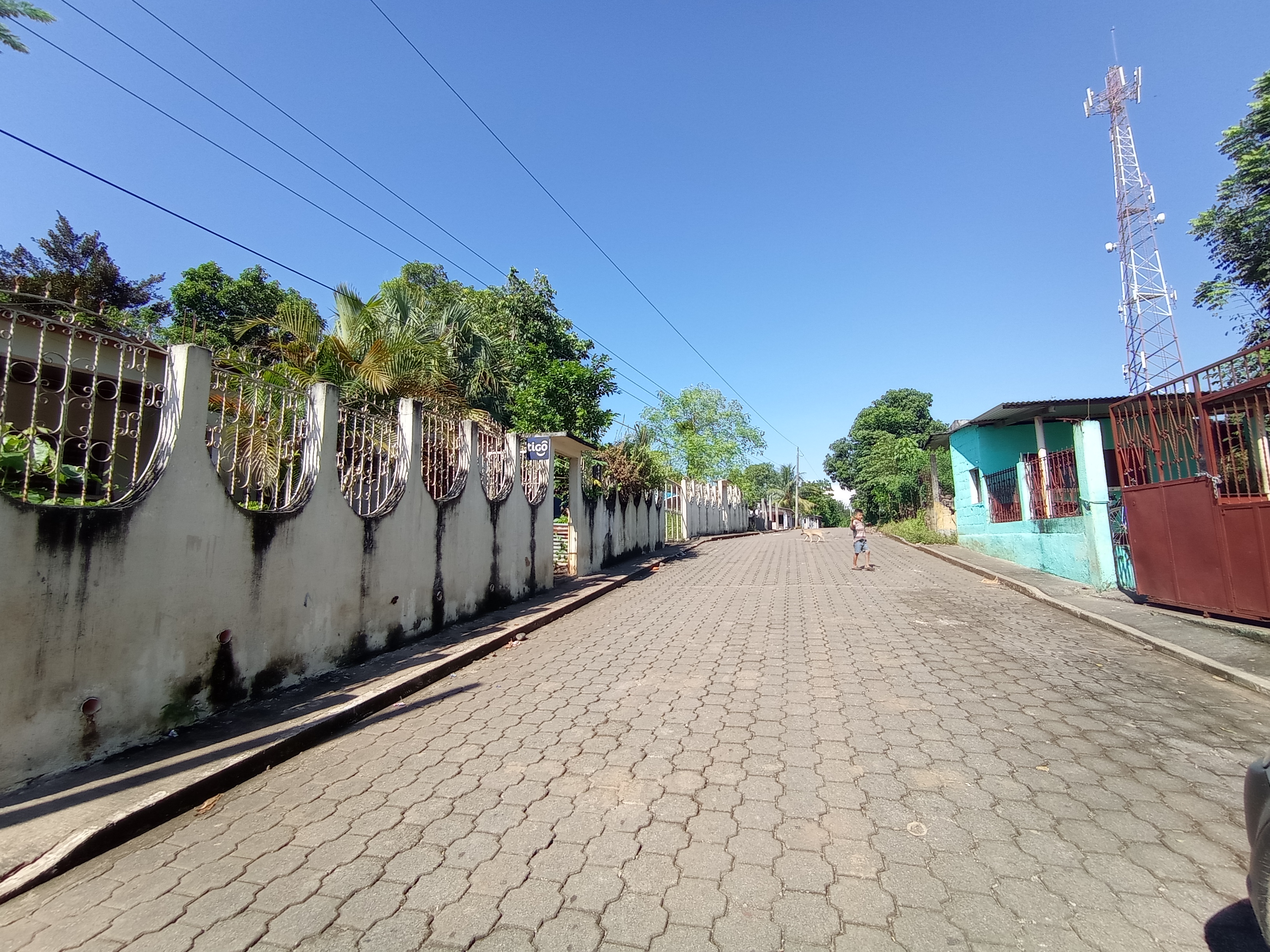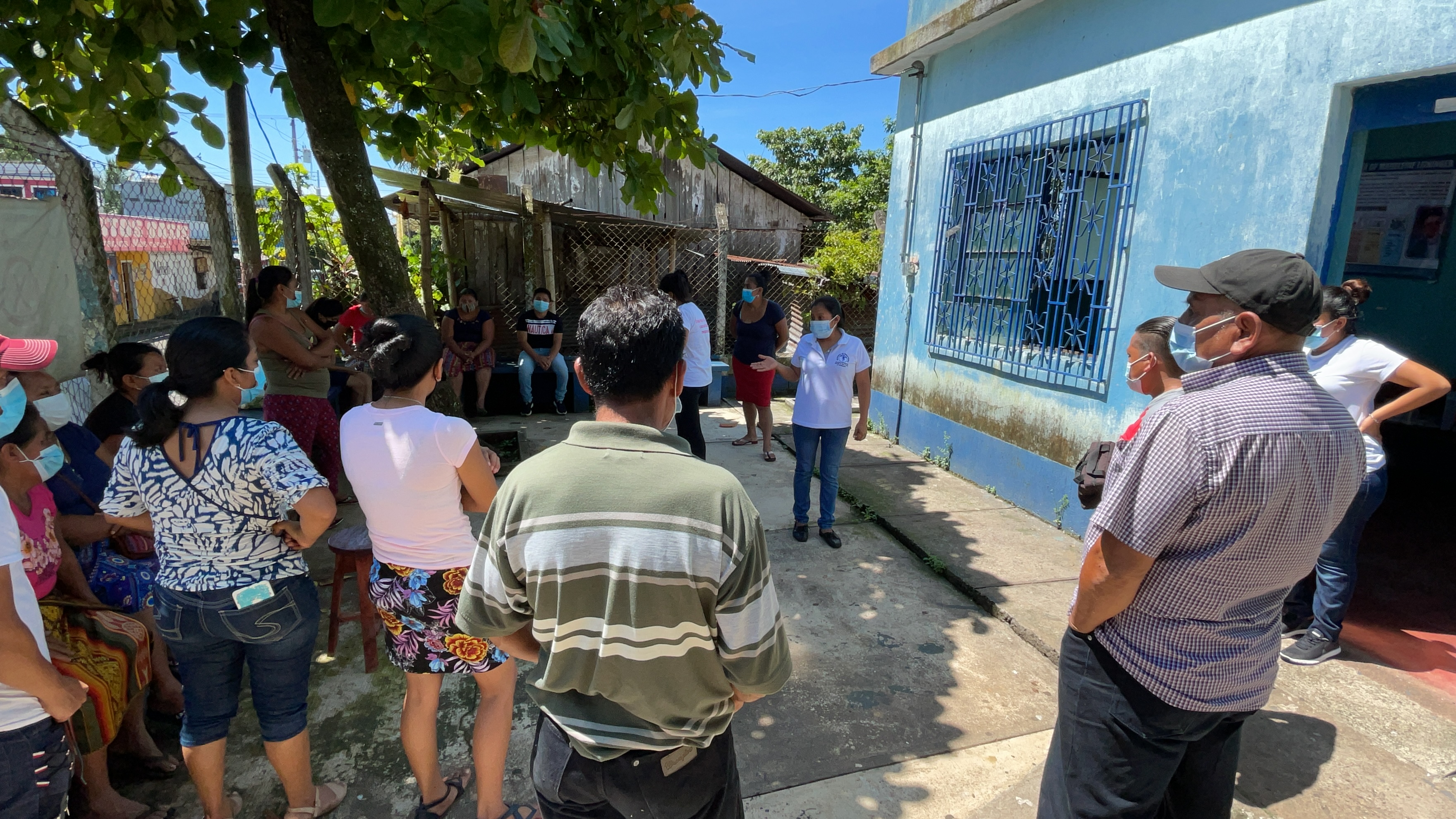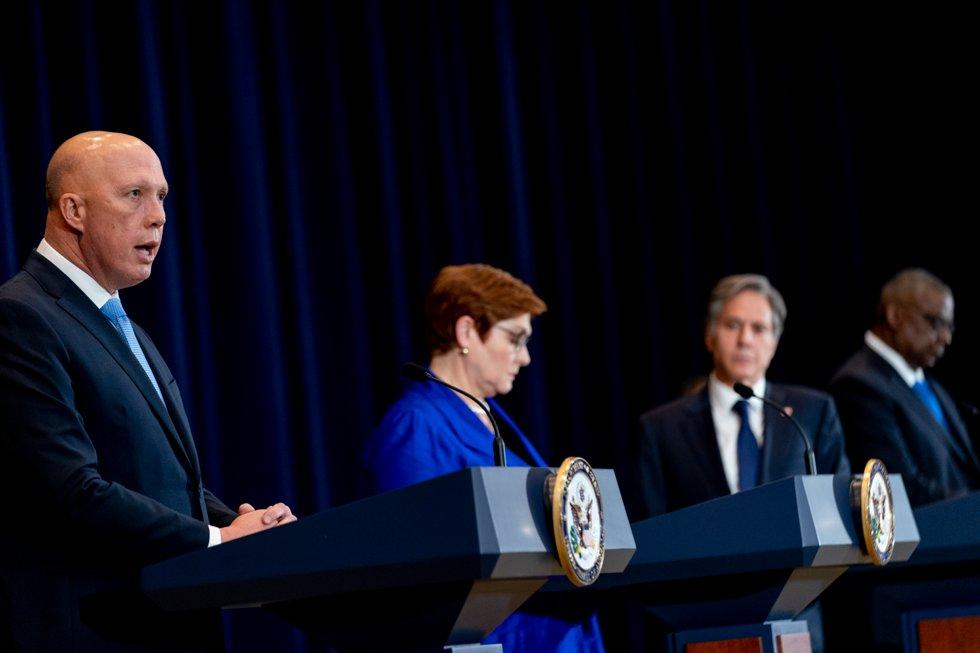The lack of information and access to technological tools and the internet, difficult routes, as well as few medical and nursing personnel become factors that influence the delay in vaccination against COVID-19 in San Lorenzo, Suchitepéquez, a municipality which has one of the lowest immunization rates in the country.
Eliú Mazariegos, director of the Comprehensive Health Care System of the Ministry of Public Health and Social Assistance (MSPAS), in a summons with the Social Security and Social Security Commission of the Congress of the Republic on September 6, acknowledged this situation.
“The municipality with the lowest national coverage is San Lorenzo, with 1.10%,” he explained, adding that until September 1, 91 doses of any of the coronavirus vaccines had been administered, without specifying which ones corresponded to the first and second component.
The target population to be immunized in that locality is 8,272 people.
CANDELARIA VALLEY THE EXAMPLE OF MANY VILLAGES AWAY FROM THE VACCINE
The La Hora team traveled to that municipality located approximately 167 kilometers from the capital to find out what the situation is.
According to data from the municipality’s Health Commission, which is made up of community members and MSPAS personnel, the village with the fewest vaccines applied is Valle de Candelaria, in which there is no vaccination center or post.
The inhabitants of that village must travel to San Lorenzo to be immunized, which takes about 45 minutes with a ticket cost of Q20.00 to travel 8 kilometers on a bus that passes every 2 hours.
Upon arriving at the vaccination center destined for the municipality, a group of approximately 20 people waited very early to be injected, even shouting “we want vaccines!”
Alicia Ayala, a resident of the place, shared that she had been waiting for two hours to be vaccinated “as I heard that they were going to vaccinate minors, I brought my two children and they are without breakfast.”
The neighbor added that returning home for food was impossible, because it would mean double the cost of passage and the risk of losing her shift.
WITHOUT PERSONNEL AND WITH MANUAL CONTROLS
According to Isabel Xum Vaquiax, in charge of the Health Center and Vaccination Post in San Lorenzo, the greatest difficulty they face is the “lack of nursing staff and doctors” since currently only 5 people are available for this task: 1 doctor, 1 nurse, 1 educator, 1 digitizer and 1 inspector who arrives twice a week.
All registration and control processes are carried out manually, because they do not have computers and internet to make it digital.
GROUP VACCINATION
According to Xum Vaquiax until September 15, 1,659 Moderna vaccines had been administered in the first dose and 937 to complete immunization schedules. While AstraZeneca has applied 119 first doses and 81 for the second.
In addition, he explained that each vaccination day they must wait to “gather a group of 10 people for AstraZeneca, if there are 8 or 9, it does not apply” and for Moderna they must be 14. This to guarantee the full use of the contents of the bottles after open.

DE LEÓN PÉREZ: I DON’T KNOW IF THEY FEAR THE VIRUS MORE OR THE VACCINE
The president of the Valle de Candelaria Health Commission, Urías Omar de León Pérez, indicated that the information the population has is “confusing and I don’t know if they are more afraid of the virus or the vaccine.”
The community member pointed out that a few days ago they carried out a vaccination day in the village in which 52 people were immunized, leaving 26 pending, “because they did not bring the necessary doses.”
He added that to date 75 people have received the first dose of any vaccine against COVID-19 and only 39 have the complete immunization schedule since the first was applied on July 15.
De León said that until last Monday, September 13, they were informed that the registry for people over 18 years of age is already enabled, so he called on the health authorities to improve care and access to the vaccine.
According to de León, in the place there is a convergence center which “is uninhabited and we do not have a nurse or doctor.”
La Hora made a tour of the place and it was evident that it is not working, in addition, it does not have furniture or supplies to serve the residents of the place.
THEY TRY TO INFORM WITH SPEAKERS FROM A PICK UP
The president of the Community Council for Urban and Rural Development (Cocode), also a community health facilitator for the Aldea Valle de Candelaria, Waldemar García, explained that there are no information campaigns on COVID-19 symptoms, the importance of getting vaccinated and possible reactions generated by the immunizer.
García explained that they inform the inhabitants “in a pick-up and with loudspeakers or microphones,” but he regretted that the MSPAS delegates the responsibility of gathering a certain number of people to vaccinate.

Regarding the drug kits to treat the disease, he indicated that “they have never come” and considers that this would contribute to the population, because access “is difficult and all the people do is make their own medicine cabinet” with some pills and injections.
García added that many residents have survived with natural medicine. Since the first COVID-19 case detected in Guatemala on March 13, 2020, 188 infections have been confirmed in that municipality.
NO MOBILE VACCINATION
The mayor of San Lorenzo, Henry Ayala assured that mobile vaccination does not exist in the place and that this mechanism could contribute to bringing the vaccine to villages with difficult access.
#PORTADADEHOY
INACIF registers 114 deaths on public roads related to pneumonia ???? [https://t.co/NAPGC5sFfV] pic.twitter.com/DeC4HjixeI– La Hora newspaper (@lahoragt) September 18, 2021
He remarked that it could “be one of the easiest formulas for people to get vaccinated faster” and that it would especially help older adults.
The Mayor considered that in the municipality there is no information about the benefits of the vaccine and this has generated fear in the inhabitants.
He also pointed out that at the time of entering the data of the neighbors it is done with errors “because we have had some cases that are vaccinated in San Lorenzo and in their record it appears in another municipality” he lamented.

Ayala said that it is very difficult to control that sanitary measures are complied with, that the gauges are respected, avoid crowds and in the case of wakes it is almost impossible to avoid them, because some families maintain their customs at this time.
Finally, he stressed that there is little control or diagnosis to determine the causes of death of those who could suffer from COVID-19, because there is no one to certify them.
–


